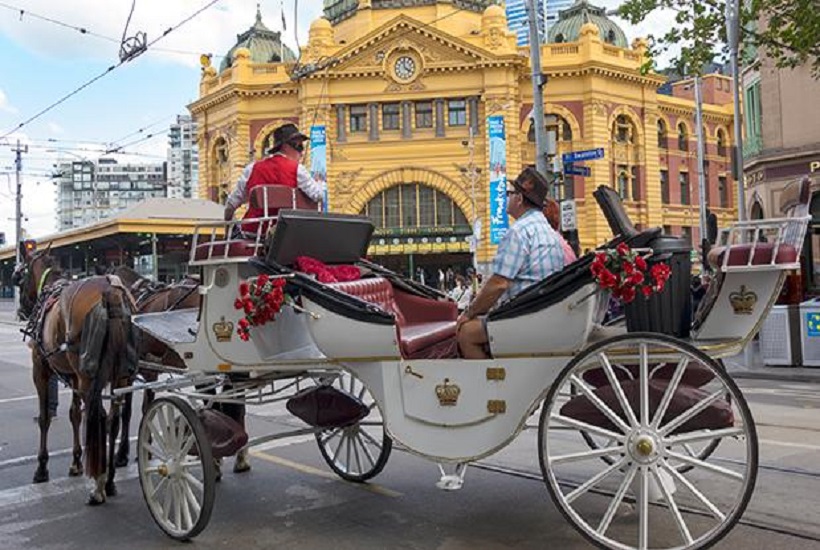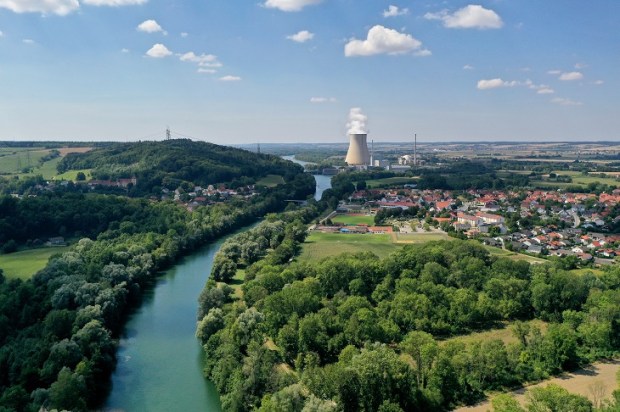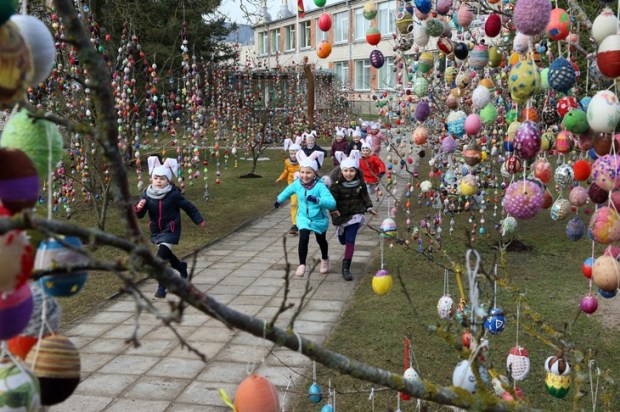It’s a scene all Melbourne residents will recognise; the clip-clop of horse-drawn carriages going by, the sight of red-coats, top hats, handsome equines and coaches of smiling children waving to people like miniature royals.
A charming sight, but where families and tourists see the quaint romance of a by-gone era, the ceaseless, screeching moralisers that so infect us see the cruel structures of oppression; a vast machinery of torment where the “struggles of non-human animals” abut the cynical business practices and questionable cultural traditions of deplorable abusers.
After the attempted outlawing of Greyhound racing in NSW, animal rights campaigners in Victoria have once more let slip the (non-human animals) of war on these most benign of targets; the horse-drawn carriages of Melbourne.
Joyless activists have clamped their teeth to horse bits and conducted a sustained assault on carriage traders. Many demonstrations have been held, and such unflattering poster slogans have been directed at the traders as ‘ride dicks not horses’, ‘horses are persons, not vehicles’ or ‘using the life of another for profit is not love, it is slavery’, by which logic all farm animals are struggling towards the light of freedom to the Prisoners’ Chorus of Beethoven’s Fidelio.
The carriage traders attest to being spat on, having had food thrown at them and having had their carriages chased and abused while children were on board. They claim they’ve been blocked from conducting what is (for now) a legal service that constitutes their livelihoods, and the maintenance of the horses they employ.
The indignant oral ejaculations of howling activists would not typically be cause for comment (impassioned pleas on behalf of the ‘oppressed’ being so much a part of modern life), yet this issue has now leapt from the larynxes of the enraged to the halls of power.
Last year, former Melbourne lord mayor Robert Doyle announced that the City of Melbourne will ‘not be renewing horse-drawn carriage permits.’ Expressing his view that the horses are ‘dangerous’ and not fit for the ‘modern city’, he banned the carriages from the CBD, despite the fact that such modern cities as Paris and New York continue to trade with horse-drawn carriages.
The carriages were pushed back to St. Kilda Rd with a view to their eventual phasing out, and carriage traders were prevented from street trading, relying instead solely on bookings. According to traders, this has lost them 70 per cent of their income. Now, after a widely reported incident in which a horse slipped and fell in the road (an incident which would elicit complete indifference if it were a human), the howls of indignation have risen again. Demands for the complete outlawing of the trade are being made, and whether or not the traders survive this time remains to be seen (the driver claims that the horse suffered only minor grazes).
It is an indication of the change that has occurred in our culture that horses, which have been so much a part of our lives and work since ancient times, are now deemed to be so unpalatable, such an egregious affront to our sentimentalised view of the animal kingdom that we have chosen to expunge them from our towns altogether.
The modern mind, fed on a diet of Walt Disney, simply can’t allow an animal to be anything other than a doe-eyed Bambi; a mirror for the callousness of mankind. But just what is the callousness that is being inflicted on these beasts?
The activists claim that the horses are abused, and ‘spend every moment tied to a carriage or confined to a small yard in the inner city’, but the traders claim otherwise.
According to traders ‘Unique Carriage Hire’, horses work alternate weekends (on average six days a month) and graze on pasture in Gippsland in their off-time. Their inner-city confine is really ‘a small yard close to the city… with enough room to lay down and unlimited access to good quality hay, fresh water and high grain three times a day.’ They ‘sleep overnight in stalls that are not concrete… to save us transporting them in and out of the city each day in trucks. They stay there four nights a month. It’s a safe place for us to wash them, feed them and to harness up”.
Despite claims of abuse and risk, the campaign against horse-drawn carriages is really an attempt to sterilise the city. For the metropolitan sentimentalists behind it, animals should not work, but remain only as they have known them; the peaceful inhabitants of the green meadows they glimpse from the windows of speeding cars.
Viewing the working of animals as the ‘wielding of control and dominance’, the Facebook page Melbourne Against Horse-Drawn Carriages implores us to ‘critically analyse’ our relationship with them, and abandon our ‘uncontrollable human desire to intervene’ in nature. This, they claim, will give these beasts the freedom to ‘give us the meaningful connection with animals we so desperately desire.’
It is folly to treat animals with a nature that they do not possess, and this sentimentality goes most astray when we treat beasts as the vessels for our own righteous indignation. The activists’ manifesto states that ‘the most loving thing we can do for any being is to allow them to exist as close to as what comes naturally to them as possible’, but just what do they propose for the horses?
Once they have signalled their virtue, they discard the horses as the mere vessels for their indignation; “We insist that these horses are ultimately the responsibility of the City of Melbourne considering it is them who have allowed this trade to commence and grow.”
Read; it is up to you, the taxpayer, to repatriate and maintain (or dispose) of these horses.
Got something to add? Join the discussion and comment below.
Got something to add? Join the discussion and comment below.
Get 10 issues for just $10
Subscribe to The Spectator Australia today for the next 10 magazine issues, plus full online access, for just $10.


























Comments
Don't miss out
Join the conversation with other Spectator Australia readers. Subscribe to leave a comment.
SUBSCRIBEAlready a subscriber? Log in